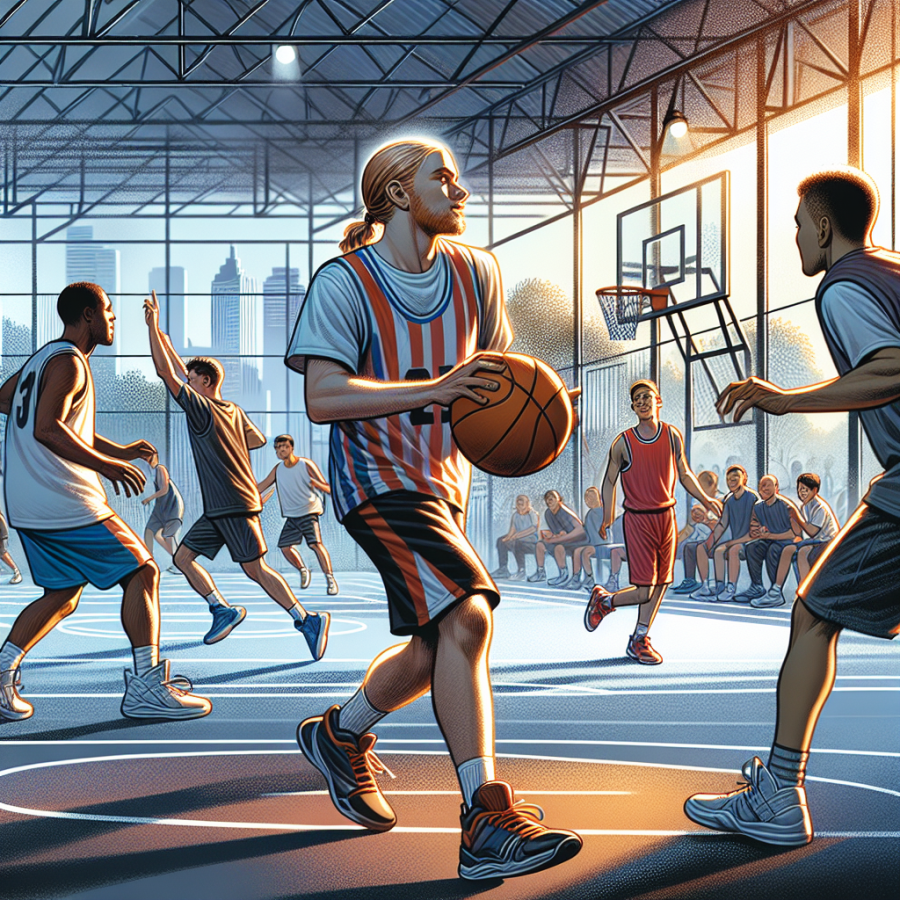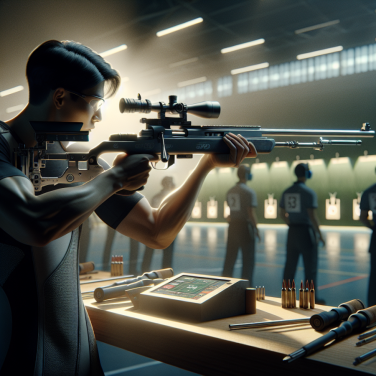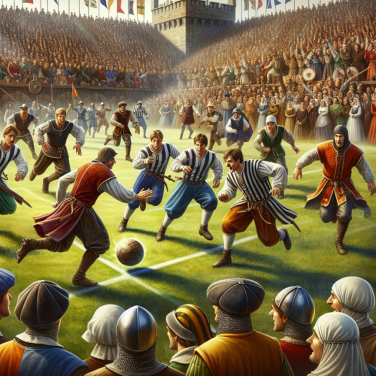From Sidelines to Spotlight: Celebrating Success in Deaf Basketball Competitions
In recent years, the world of basketball has witnessed the ascent of deaf athletes who have moved from the peripheries to the limelight, showcasing their prowess in national and international competitions. This transformative journey has not only redefined the boundaries of success within the sport but also provided inspiration for deaf and hard of hearing athletes everywhere.
As these athletes have progressed, so too have the leagues that support them. Deaf basketball competitions across the globe have become more structured and competitive, offering a platform where players can excel without barriers. These leagues focus on inclusivity, allowing players to communicate through American Sign Language (ASL) or other sign languages, relying on visual cues and other adaptations tailored to the needs of the deaf community.
One of the great success stories within this movement is the Deaflympics. Held since 1924, it is the second oldest multi-sport and cultural festival in the world, standing as a testament to the high level of competition among deaf athletes. Basketball has become one of its cornerstone events, and countries around the world send their best players to the Deaflympics to compete for glory.
Moreover, national organizations, such as the National Deaf Basketball Organization in the United States, have paved the way for the development of deaf athletes from a young age. Schools with programs for the deaf, such as Gallaudet University, offer extensive support and opportunities for up-and-coming athletes to develop their skills.
In these leagues, players have been evolving the game, demonstrating that the absence of sound does not detract from the intense strategy and physicality of basketball. The communication difference has led to innovative coaching techniques, such as using lights to signal the start and end of play, or the implementation of more visual signs for calls, which keep the game flowing smoothly for deaf players.
The impact of the advancement in deaf basketball leagues has also permeated mainstream culture and media. There has been increasing coverage of deaf basketball competitions, bringing much-deserved attention to the successes of deaf athletes. From documentaries to social media, stories of athletic excellence and perseverance are being shared, changing public perception and encouraging new generations of deaf athletes to aim high and dream big.
The players who have excelled in these leagues are role models, exemplifying that determination and focus can break through any communication barriers.
Read also:
Mastering Canoe Polo: A Guide to Waterborne Team Strategy
Breaking Down Barriers: The Emergence of Deaf Basketball Leagues
The growth of deaf basketball leagues worldwide is a testament to the enduring spirit of sportsmanship and inclusivity. These leagues not only provide a competitive platform for deaf and hard-of-hearing athletes but also play a pivotal role in breaking down the barriers that often sideline them from traditional sports communities.
One of the critical elements in the rise of deaf basketball leagues is the modification of game rules to accommodate the players' needs. For instance, visual cues are commonly used to signal the start of play and infractions, replacing auditory cues that are ineffective for deaf players. These adjustments ensure that all athletes can fully engage with the game and each other, creating an environment where communication barriers are minimized, and the focus can be on the sport itself.
Additionally, deaf basketball leagues are innovating by introducing new tactics and strategies that maximize the players' visual strengths. With an emphasis on eye contact, clear hand signals, and expressive body language, teams are able to coordinate and execute plays with precision and fluidity that might even surprise those unfamiliar with deaf sports.
Another critical aspect of the emergence of deaf basketball leagues is the sense of community and identity they foster. For many deaf athletes, these leagues are more than just a place to play; they are a haven where individuals can connect with others who share similar experiences and challenges. Within these communities, young players find role models and mentors who have navigated the path of a deaf athlete, teaching them not only the skills of the game but also fostering a powerful sense of pride in their deaf identity.
Deaf basketball leagues have also shown a significant impact in raising public awareness and promoting deaf culture. By bringing attention to the capabilities of deaf athletes, these leagues challenge preconceived notions of what it means to be deaf. They showcase the fact that deafness is not an impediment to achievement in sports but rather a different way of experiencing and excelling at the game.
Moreover, there has been growing engagement and partnership with mainstream sports organizations, which is crucial for the sustained growth and recognition of deaf basketball leagues. These collaborations range from hosting joint tournaments to sharing facilities, and they create pathways for deaf athletes to gain broader exposure and opportunities, including the possibility to compete at national and international levels, such as the Deaflympics.
Through the steadfast efforts of those who fought to establish and grow deaf basketball leagues, these organizations have proven to be more than just sports leagues.




